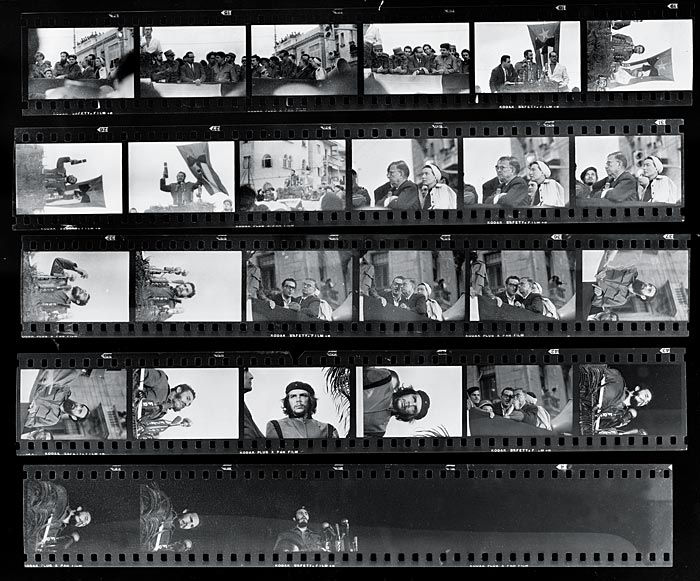ADVERTISING & PROPAGANDA part 1 :
- Apr 20, 2018
- 3 min read
Updated: Nov 1, 2018
We are going to examine the psychology of advertising in the visual medium.
First let us look at Mazlow's hierarchy of human needs.

Some Key Points :
There is inherently nothing wrong with advertising a product or service, it is the way in which the economy works within a capitalistic society. However we should be aware that all advertising seeks to attract your Attention, and appeal to the way you feel. If you feel bad you naturally want to feel better - Mazlow's Deficiency Needs need to be met otherwise we feel we are missing something. Mazlow's 'Being Needs (he calls Self Actualization) are created from the inner meaning we find in life.
Examples:
Physiological Needs

Safety & Security

Friends & Belonging

Self Esteem & Prestiege

Self Actualization

1. All advertising is based on appealing to deficency needs ie what you don't have and what you don't know you need.
2. There is always a promise that having this product or experience that you will be better off in life.
3. Advertising appeals to emotion.
4. Brands attempt to recruit your loyalty.
5. A story line or narrative is often introduced into the campaign strategy of an advertisment - we will see this in the sample videos
6. Advertising agencies are hired by big brands to create ad campaigns in Print Radio Cinema TV and online.
Pre Internet, a video / film commercial was seen on TV and or in the Cinema was generally backed up by a Radio & Print campaign. This was a Media Strategy to capture and re enforce attention to the product.
TV ads have been some of the most creative uses of the vidual medium. Many feature film directors came from the advertising world - Ridley Scott made 2000 tv commercials before he shot 'The Duelists' his first feature film.
TV ads are very expensive a 30'' ad in the Super Bowl costs $5.5 million. Buying tv time was the most expensive part of marketing.
Another aspect of economic persuasion and influence on buying decisions is the PR, Public Relations Industry - In the west founded by a newphew of Freud - Edward Bernays 1891- 1995 He began to use psychological tactics to manipulate peoples attitudes towards products, people, governments.
He has been called the father of Spin. In public relations and politics, spin is a form of propaganda, achieved through providing a biased interpretation of an event or campaigning to persuade public opinion in favor or against some organization or public figure. While traditional public relations and advertising may also rely on altering the presentation of the facts, "spin" often implies the use of disingenuous, deceptive, and highly manipulative tactics.[1]
Bernays campaign for women to smoke cigarettes 1929
'Torches of Freedom'


Womens Sufferage Movement - for the right to vote in the USA - granted in 1920

The medium of Cinema Influence from film noir 1940's
-------------------------------------------
The economies of Communist countries do not advertise to market the buying message of products or services, they have ideologies to sell that employ propaganda.
from wiki
Propaganda is information that is not objective and is used primarily to influence an audience and further an agenda, often by presenting facts selectively to encourage a particular synthesis or perception, or using loaded language to produce an emotional rather than a rational response to the information that is presented.[1] Propaganda is often associated with material prepared by governments, but activist groups, companies and the media can also produce propaganda.
VISUAL ART in communist propaganda
'THE IMAGE ALWAYS HAS THE LAST WORD' Jacques Derrida
BILLBOARDS POSTERS :
text & image






PHOTOGRAPHY PROPAGANDA & TShirts

Guerrillero Heroico 1960 iconic photography by Alberto Korda

CHE image cropped from contact sheet

Has become a revolutionary iconic image all over the world

The medium of a t shirt


Free market capitalist politicians viewed ideologies as brain washing, and communist party officals viewed advertsing as capitalistic brain washing. Both have point as the idea is to sell your product what ever it happens to be. There is good informative psychological 'influence' and bad psychological 'influence'
TIMES SQUARE NEW YORK


RED SQUARE MOSCOW



THE BERLIN WALL (THE IRON CURTAIN) SYMBOL OF THE EAST WEST DIVIDE
( it fell in 1989)
USA & the USSR pre 1991
-USA- -USSR-
CITIZEN COMRADE
FREEDOM OF SPEECH PARTY LINE RULES
FREE COMMUNICATION NETWORKS COMMUNICATION SURVEILLANCE
ACCESS TO ALL MEDIA MEDIUMS STATE MEDIA CONTROL
MANY NEWSPAPERS THE 'PRAVDA' OFFICIAL NEWSPAPER
DISTRIBUTED NETWORKS INFORMATION IS CENTRALISED
CENSORSHIP open but exists (film ratings) STATE CENSORSHIP OF ALL ARTS
BILLBOARDS ADVERTISING BILLBOARDS IDEOLOGY
FREE MARKET GOVERNMENT CONTROLLED
PRICES FOR PROFIT PRICES FIXED
SUPPLY MEETS DEMAND DEMAND SUBJECT TO SUPPLY
MONEY BUYS GOODS & SERVICES MERIT REWARDS
'SELF' ACUALISATION ENCOURAGED 'GROUP' ACUALISATION DEMANDED
Everything changed with the Internet :
As an example.
Now we have Youtube as a free platform to run long form narrative commercials.
See VIDEOS
By the way Mazlow has been updated for the internet age :)


Comments